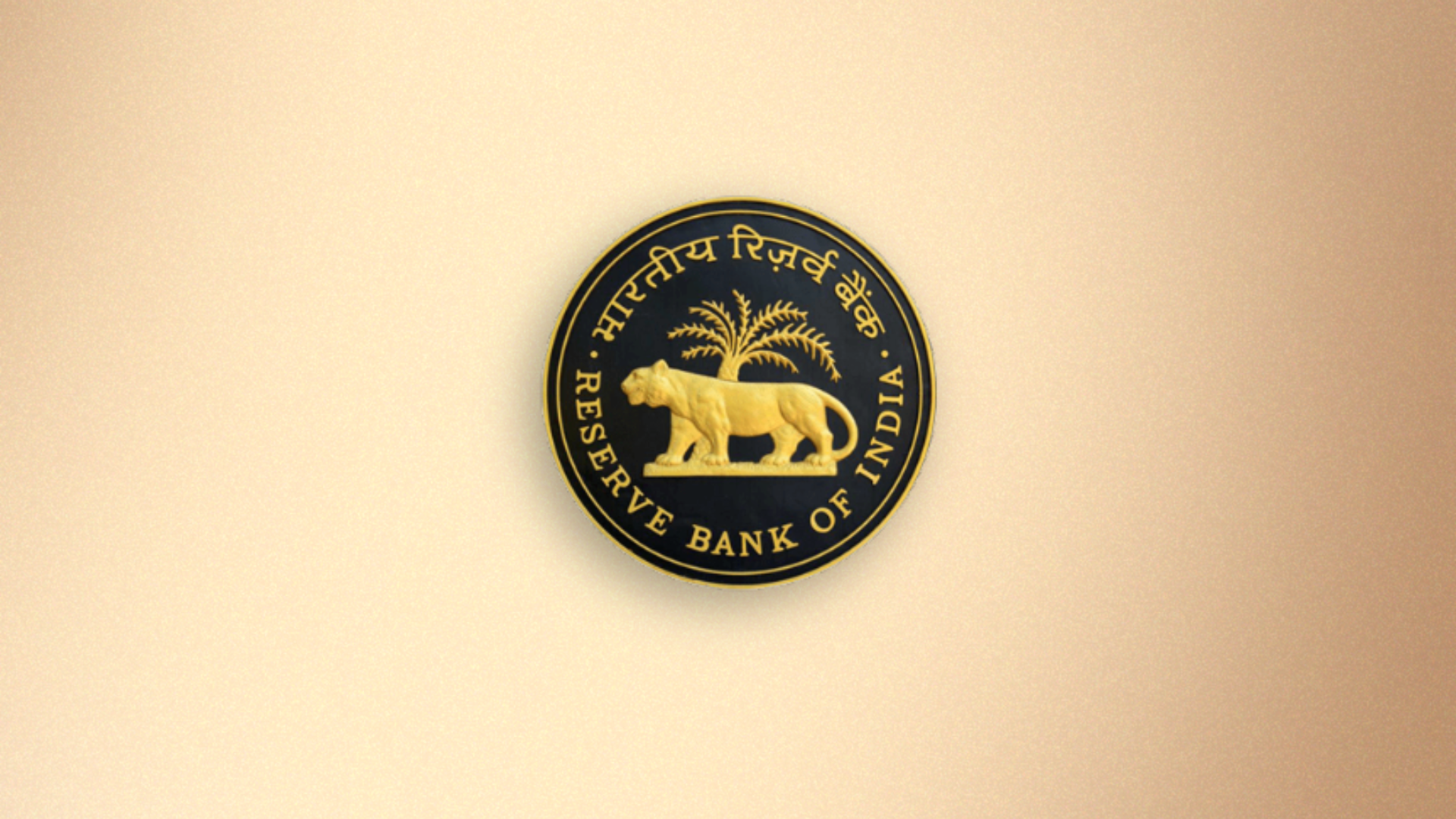Have you seen your grocery bills going up? That packet of rice which cost ₹40 last year now costs ₹45. This is inflation at work. The Reserve Bank of India (RBI) fights against rising prices to protect your money. Inflation hits every Indian family.
In this KOFFi Break, let’s understand what inflation is, how RBI cares, how it controls inflation and limitations of RBI.
What Is Inflation?
Inflation means prices of goods we buy keep increasing over time. You can buy less stuff today with your ₹500 than it did five years ago.
RBI checks inflation using something called Consumer Price Index (CPI). This tracks price changes in daily items like food, petrol, clothes, and rent. When this number goes above 4%, RBI gets worried.
A little inflation (2-4% per year) is actually good. It shows that the country’s economy is growing. Citizens spend more, companies expand, and jobs get created. Problems start when inflation increases above the par and it makes life hard for common people.
Let’s take an example, if inflation is 8% per year, your ₹10000 today will only buy things worth ₹9200 next year. This is why the RBI works hard to control inflation.
What Causes Inflation?
Many things can push prices up in India. Here’re few reasons:
- Demand: Too much demand happens when people want to buy more than what’s available. During Diwali, gold prices often go up because everyone wants to buy gold at the same time.
- Cost: Rising costs occur when making things becomes expensive. When petrol prices go up, everything becomes costlier to transport. Bad monsoons make food prices rise.
- Reserved Money: Too much money in the system also causes inflation. When banks give too many loans or the government prints more money, people have more cash to spend on the same goods. This pushes prices up.
Outside factors matter too. When wheat prices go up worldwide or the rupee becomes weak, it makes imports costlier and adds to inflation in India.
Why RBI Cares About Inflation
RBI closely monitors inflation because uncontrolled price rise can slow down the entire economy.
When inflation stays high for too long, the value of money erodes. People’s savings lose power — ₹100 today buys less tomorrow. As a result, people cut back on spending, especially on non-essential items.
Lower spending means businesses earn less, stop expanding, and may even cut jobs. This leads to an economic slowdown.
Inflation also creates uncertainty. Companies can’t plan costs, investments, or pricing. It becomes harder to do business when input costs keep changing.
RBI wants to avoid all this by keeping inflation stable — ideally around 4%. This balance ensures growth, protects savings, and keeps demand steady.
How RBI Controls Inflation
RBI uses several tools to manage inflation. Each tool affects how much money flows in the economy, how much people spend, and how prices behave. Here’s how each one works:
1. Repo Rate Changes
The repo rate is the interest rate at which RBI lends money to commercial banks.
- What happens when RBI increases the repo rate?
Borrowing becomes expensive for banks. So, banks raise interest rates on home loans, car loans, and business loans.
Higher loan rates mean higher EMIs (monthly repayments). This discourages people from borrowing and spending. When fewer people spend, demand goes down — and prices cool off.
This is the RBI’s most direct way to slow down inflation. - What happens when RBI lowers the repo rate?
Loans become cheaper, people borrow more, spend more — boosting the economy. RBI does this when inflation is low or growth is slow.
2. Cash Reserve Ratio (CRR)
CRR is the portion of deposits that banks must keep with the RBI — they can’t use it for lending or investing.
- What happens when the RBI raises the CRR?
Banks have less money to lend. Fewer loans means less money in the hands of people and businesses.
This reduces spending in the economy and brings down demand-driven inflation. - What happens when RBI lowers the CRR?
Banks can lend more, giving a boost to spending and economic activity.
3. Open Market Operations
This refers to RBI buying or selling government securities (like bonds) in the open market.
- When RBI sells bonds:
Banks and investors use their money to buy these bonds. This reduces the money available for lending and spending. Less money = less demand = lower inflation.
- When RBI buys bonds:
It injects money into the system. This is done when inflation is low and the economy needs a push.
4. Communication from the RBI Governor
What the RBI says — or signals — also plays a big role.
- Why does it matter?
If RBI signals that inflation is a concern, it shapes how businesses and investors think.
People may delay spending. Companies may avoid raising prices.
Just the expectation of action by the RBI can calm inflation pressures — this is called “managing inflation expectations.”
5. Rupee Management – Fighting Imported Inflation
If the rupee falls sharply in value, imports become expensive — especially oil, which affects all goods.
- What does RBI do?
It sells dollars from its reserves to strengthen the rupee. A stronger rupee keeps import prices stable, helping control inflation that comes from outside India.
RBI Recent Actions
RBI’s recent fight against inflation is a good example of how all its tools work together — especially during tough times like COVID.
The economy came to a standstill. Businesses shut down. People lost jobs. To support the economy, RBI lowered the repo rate to 4%, the lowest in years.
This made loans cheaper — so people and businesses could borrow, spend, and survive the slowdown. RBI also gave banks more liquidity through CRR cuts and bond purchases.
These steps prevented a deep recession and kept the economy running when the world was on pause.
As the economy started recovering, people began spending more. But at the same time, global supply chains were broken, fuel prices were rising, and the Russia-Ukraine war added pressure.
Inflation shot up to 7% by early 2022, way above RBI’s 4% target.
RBI reacted quickly by raising the repo rate six times, from 4% to 6.5% by February 2023. This helped cool down borrowing and slow excess demand.
By the end of 2023, inflation dropped to around 5–6%, though food inflation (like vegetables and cereals) remained high due to supply-side issues like poor monsoon.
RBI also improved how it shares its thinking. After every policy meeting, the RBI Governor now holds press briefings. This transparency helps markets, businesses, and citizens understand RBI’s actions — and manage their expectations accordingly.
Limitations of RBI’s Role
Even with powerful tools, RBI faces many challenges in controlling inflation. Here are some of the major limitations of RBI’s role:
- Supply Problems can’t be fixed by changing interest rates. If monsoons fail or oil prices go up globally, RBI’s tools don’t directly help. It can only control demand-side issues.
- Government Spending matters a lot. If the government spends heavily while RBI tightens policy, they cancel each other out. Both monetary and fiscal policies need to work together.
- Global Connections limit what RBI can do. When the US Federal Reserve changes rates, it affects Indian markets too. RBI sometimes has to react to global events even when India doesn’t need it.
- Time Delays mean policy changes take 12-18 months to fully work. RBI has to act based on predictions, not current data.
- Financial Stability sometimes conflicts with inflation control. Very aggressive rate hikes might stress banks or companies with high debt.
Conclusion
RBI’s job of controlling inflation is like walking on a tightrope. It has to cool down prices without hurting growth, and manage many different pressures at the same time.
It is utmost important for every citizen of India to understand how RBI works, it helps in making better money decisions. Keep a close look whenever RBI increases or decreases repo rate, rate hikes, CRR, etc. The fight against inflation continues, and RBI stays ready to act whenever prices threaten to go out of control.
Was this helpful?
Click on a star to rate it!
As you found this post useful...
Follow us on social media!
We are sorry that this post was not useful for you!
Let us improve this post!
Tell us how we can improve this post?






 Ask us Anything!
Ask us Anything!